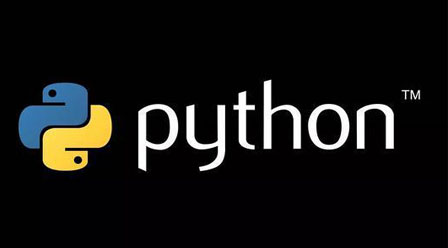
一个容器中存储了很多个东西,一般东西是按一定的规律规则来存储计算生成,但是容器中不可能什么东西都有的,人为的就会设一个限制,当超出这个限制范围,就会报异常。这时迭代器就会发挥作用。迭代器优点就是节省了空间,因为如果你想存储0~9这个字符串,你就需要劈开10个空间,但要是有了迭代器,那么你就开辟了一个空间。下面我们来看看迭代器的用法。
1、迭代文件
for line in open('ex.txt'): print(line, end='')
输出:
I love Python ... ...
2、迭代字符串
S = 'PYTHON' for s in S: print(s * 3)
输出:
PPP YYY TTT HHH OOO NNN
3、迭代元组
L = (1,2,3,4,5) for element in L: print(str(element) * 3) # 利用enumerate获取索引进行迭代 for i in enumerate(L): print(i)
输出:
111 222 333 444 555 (0, 1) (1, 2) (2, 3) (3, 4) (4, 5)
以上就是小编向大家介绍用迭代器迭代文件、字符串、元组的方法,大家对迭代器有所了解了吗?迭代器这个抽象的东西,大家可以按照自己的需求来定义合适的迭代器哦~









